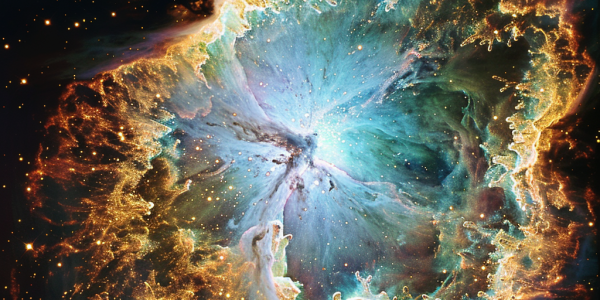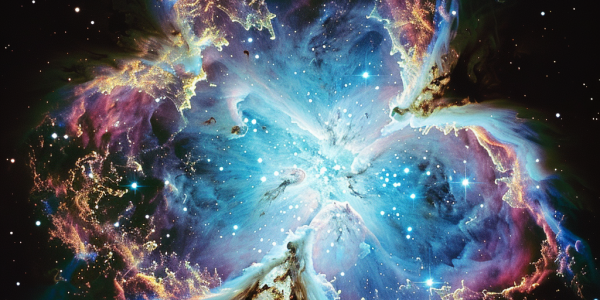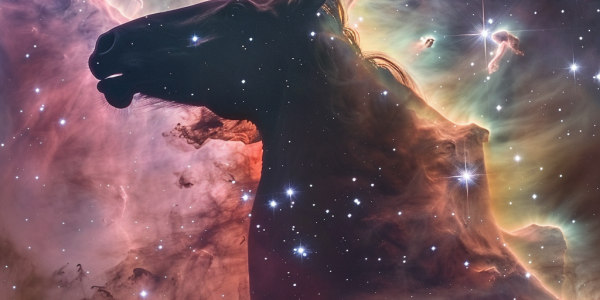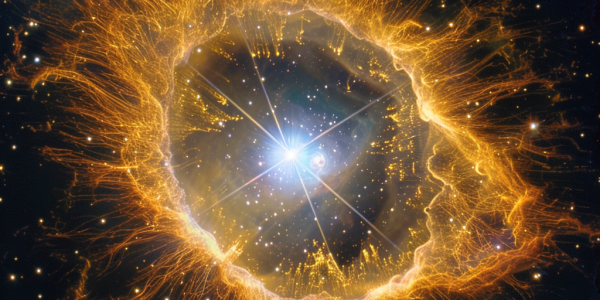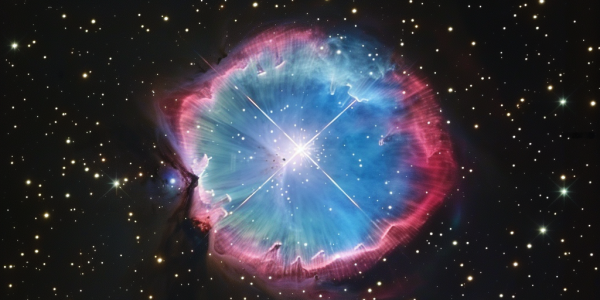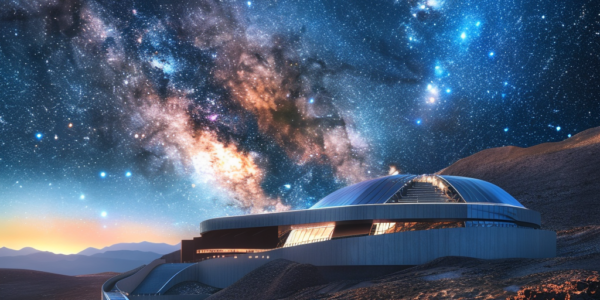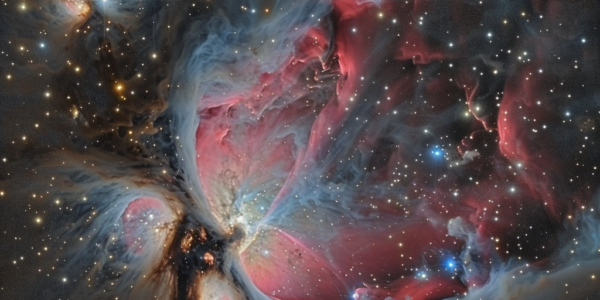James Webb Space Telescope Captures Stunning Details of Crab Nebula
The iconic Crab Nebula has been captured in exquisite detail by the powerful James Webb Space Telescope, revealing intricate cage-like formations formed by dust grains. This latest mosaic offers a fresh perspective on the enigmatic supernova remnant, providing valuable insights into its origins. Stay tuned for more updates on this captivating celestial object as astronomers continue to unravel its mysteries.
James Webb and Chandra Telescopes Spot ‘Lighthouse’ Pointed at Earth
Discover how the James Webb Space Telescope and the Chandra X-ray Observatory have combined data to reveal changes in the Crab Nebula’s neutron star, located 6,500 light-years away in the constellation Taurus. Learn how the neutron star, resembling a ‘lighthouse,’ is emitting radiation and producing a shockwave as it rotates 30 times per second.
New Insights into the Horsehead Nebula Revealed by James Webb Space Telescope
The iconic Horsehead Nebula, also known as Barnard 33, has been captured in unprecedented detail by the NASA/ESA/CSA James Webb Space Telescope, revealing the stunning beauty and complexity of this celestial object. Situated in the constellation Orion, roughly 1300 light-years away, the Horsehead Nebula is a well-known photon-dominated region (PDR) formed from a collapsing interstellar cloud of material. With the sharpest infrared images to date, the Webb telescope has provided new insights into the physical structures and evolution of interstellar matter, offering valuable information on the intricate processes shaping our cosmic neighborhood.
James Webb Space Telescope Captures Southern Ring Nebula in 3D
Discover the mesmerizing beauty of the Southern Ring Nebula, captured in 3D by the James Webb Space Telescope. Learn how aging stars transform into stunning planetary nebulae, and uncover the latest findings from researchers at the Rochester Institute of Technology using the Submillimeter Array (SMA) alongside the JWST. Explore the intricate structure of NGC 3132, offering new insights into the dynamics of planetary nebulae.
Hubble Telescope Celebrates 34th Anniversary with Stunning Image of Little Dumbbell Nebula
Learn about the stunning snapshot of the Little Dumbbell Nebula captured by the NASA/ESA Hubble Space Telescope on its 34th anniversary. Discover the unique structure of this planetary nebula, the incredibly hot white dwarf star at its center, and the mesmerizing display of stellar wind created by its lobes hurtling through space at two million miles per hour. Despite its dazzling appearance, the Little Dumbbell Nebula is expected to disappear in approximately 15,000 years, highlighting the vast timescales present in the universe.
ESO: Promoting Astronomy Research and Sustainability
ESO, the European Southern Observatory, is a leading intergovernmental science and technology organization in astronomy. With its headquarters in Garching, near Munich, Germany, and its observing facilities in the Chilean Atacama Desert, ESO plays a vital role in promoting and organizing astronomical research. The organization is committed to sustainability, supports the United Nations’ Sustainable Development Goals, and actively promotes diversity, equity, and inclusion within its community. ESO also engages with society through various programs and offers a wealth of resources for the public, including high-quality images, videos, and educational materials.
Astronomers Make Groundbreaking Discovery in Orion Nebula
A groundbreaking discovery in the Orion Nebula reveals the destruction and re-formation of water within a planet-forming disk, shedding light on the intricate processes taking place within the nebula. The study, led by University Paris-Saclay Ph.D. student Marion Zannese and involving an international team, was published in Nature Astronomy and holds significant implications for the emergence of life beyond our planet.

